-
 bitcoin
bitcoin $122659.385674 USD
0.52% -
 ethereum
ethereum $4484.113342 USD
-0.09% -
 bnb
bnb $1304.229256 USD
-0.85% -
 tether
tether $1.000204 USD
-0.03% -
 xrp
xrp $2.860636 USD
-0.51% -
 solana
solana $227.288799 USD
2.36% -
 usd-coin
usd-coin $0.999805 USD
0.01% -
 dogecoin
dogecoin $0.252837 USD
1.18% -
 tron
tron $0.341149 USD
1.12% -
 cardano
cardano $0.830507 USD
0.33% -
 hyperliquid
hyperliquid $45.792319 USD
0.04% -
 chainlink
chainlink $22.422164 USD
1.55% -
 ethena-usde
ethena-usde $1.000283 USD
0.01% -
 sui
sui $3.511389 USD
0.83% -
 stellar
stellar $0.385276 USD
-0.44%
How to use Vol indicator and trend line combination? Are the buying and selling points more accurate?
Combining the Vol indicator with trend lines helps traders pinpoint accurate buying and selling points in the crypto market by confirming breakouts and identifying trend strength.
May 22, 2025 at 06:14 am
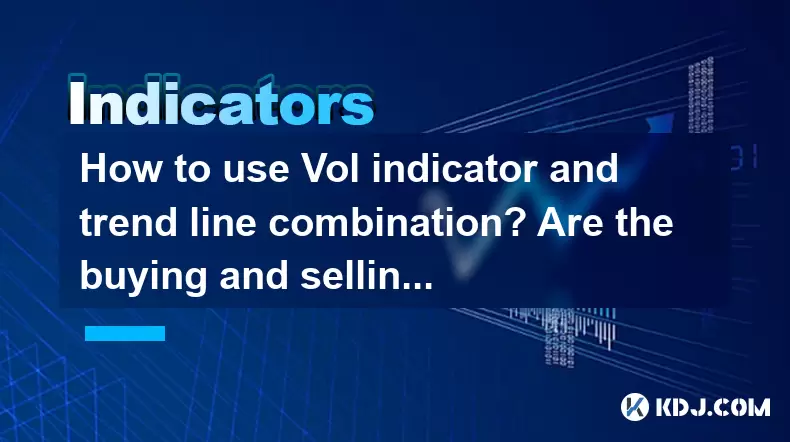
The combination of the Volume (Vol) indicator and trend lines is a powerful strategy for identifying potential buying and selling points in the cryptocurrency market. By understanding how to effectively use these tools together, traders can improve their accuracy in pinpointing entry and exit points. In this article, we will delve into the specifics of using the Vol indicator and trend lines, exploring how this combination can enhance trading decisions.
Understanding the Volume Indicator
The Volume (Vol) indicator is a fundamental tool in technical analysis that measures the number of shares or contracts traded in a security or market during a given period. In the context of cryptocurrencies, it represents the total amount of coins traded within a specific timeframe. High volume often indicates strong interest in a cryptocurrency, which can signal the start of a new trend or the continuation of an existing one. Conversely, low volume might suggest a lack of interest or a potential reversal.
To effectively use the Vol indicator, traders should pay attention to volume spikes. A volume spike occurs when trading volume significantly increases compared to the average volume over a recent period. This can be a sign of a strong market move, either bullish or bearish. Traders should also consider volume trends over time, as a consistent increase or decrease in volume can provide insights into the strength of a trend.
Drawing Trend Lines
Trend lines are another essential tool in technical analysis, used to identify the direction of the market. A trend line is drawn by connecting two or more price points on a chart. There are three main types of trend lines: uptrend lines, downtrend lines, and sideways trend lines.
- Uptrend lines are drawn by connecting the lows of the price action, indicating that the market is moving upwards.
- Downtrend lines are drawn by connecting the highs of the price action, indicating that the market is moving downwards.
- Sideways trend lines are drawn by connecting the highs and lows of a range-bound market.
To draw a trend line, follow these steps:
- Identify the trend: Determine whether the market is in an uptrend, downtrend, or sideways trend.
- Select key points: For an uptrend, select two or more lows. For a downtrend, select two or more highs. For a sideways trend, select a high and a low.
- Draw the line: Use a drawing tool on your trading platform to connect the selected points. Ensure the line touches the points without cutting through the price action.
Combining Volume and Trend Lines
The combination of the Vol indicator and trend lines can provide more accurate buying and selling points. Here’s how to use them together:
- Volume Confirmation: When a trend line is broken, traders should look for a corresponding increase in volume to confirm the breakout. A breakout with high volume is more likely to be a genuine move, while a breakout with low volume might be a false signal.
- Volume Divergence: If the price is making new highs or lows, but the volume is not following suit, it could indicate a weakening trend. For example, if the price is making higher highs but the volume is decreasing, it might signal an upcoming reversal.
- Volume at Support and Resistance: When the price approaches a trend line that acts as support or resistance, a significant increase in volume can indicate a strong reaction at these levels. High volume at support can signal a potential bounce, while high volume at resistance can signal a potential rejection.
Identifying Buying Points
To identify buying points using the Vol indicator and trend lines, follow these steps:
- Look for an uptrend: Identify an uptrend by drawing an uptrend line connecting the lows of the price action.
- Watch for pullbacks: Wait for the price to pull back to the uptrend line. This is a potential buying opportunity.
- Check the volume: Ensure that the volume is increasing as the price approaches the uptrend line. High volume at the uptrend line can indicate strong buying interest.
- Confirm the breakout: If the price breaks above the recent high with high volume, it confirms the buying signal. Enter a long position at this point.
Identifying Selling Points
To identify selling points using the Vol indicator and trend lines, follow these steps:
- Look for a downtrend: Identify a downtrend by drawing a downtrend line connecting the highs of the price action.
- Watch for rallies: Wait for the price to rally to the downtrend line. This is a potential selling opportunity.
- Check the volume: Ensure that the volume is increasing as the price approaches the downtrend line. High volume at the downtrend line can indicate strong selling interest.
- Confirm the breakdown: If the price breaks below the recent low with high volume, it confirms the selling signal. Enter a short position at this point.
Practical Example
Let’s consider a practical example using Bitcoin (BTC) to illustrate how to use the Vol indicator and trend lines together.
- Scenario: Bitcoin is in an uptrend, with the price making higher highs and higher lows.
- Step 1: Draw an uptrend line connecting the lows of the price action.
- Step 2: The price pulls back to the uptrend line. Check the volume as the price approaches the line. If the volume is increasing, it suggests strong buying interest.
- Step 3: The price bounces off the uptrend line and breaks above the recent high with high volume. This confirms the buying signal, and you can enter a long position.
- Step 4: Continue to monitor the volume and trend line. If the price breaks below the uptrend line with high volume, it may signal a trend reversal, and you should consider closing the position.
FAQs
Q1: Can the Vol indicator and trend lines be used in all time frames?Yes, the Vol indicator and trend lines can be used across various time frames, from short-term intraday charts to long-term weekly or monthly charts. However, the effectiveness of these tools can vary depending on the time frame and the specific cryptocurrency being analyzed.
Q2: How can I avoid false breakouts when using trend lines and volume?To avoid false breakouts, look for additional confirmation signals such as candlestick patterns or other technical indicators like the Relative Strength Index (RSI) or Moving Average Convergence Divergence (MACD). A false breakout often occurs with low volume, so always check the volume before acting on a breakout.
Q3: Is it necessary to use both the Vol indicator and trend lines, or can I use one without the other?While it is possible to use either the Vol indicator or trend lines independently, combining them can provide more robust signals. The Vol indicator can confirm the strength of a trend identified by trend lines, making the combination more effective for identifying accurate buying and selling points.
Q4: Can the Vol indicator and trend lines be used for cryptocurrencies other than Bitcoin?Yes, the Vol indicator and trend lines can be applied to any cryptocurrency. The principles remain the same, but the specific characteristics of each cryptocurrency, such as liquidity and volatility, may affect the reliability of the signals. Always consider the unique aspects of the cryptocurrency you are trading.
Disclaimer:info@kdj.com
The information provided is not trading advice. kdj.com does not assume any responsibility for any investments made based on the information provided in this article. Cryptocurrencies are highly volatile and it is highly recommended that you invest with caution after thorough research!
If you believe that the content used on this website infringes your copyright, please contact us immediately (info@kdj.com) and we will delete it promptly.
- BlockDAG, DOGE, HYPE Sponsorship: Crypto Trends Shaping 2025
- 2025-10-01 00:25:13
- Deutsche Börse and Circle: A StableCoin Adoption Powerhouse in Europe
- 2025-10-01 00:25:13
- BlockDAG's Presale Buzz: Is It the Crypto to Watch in October 2025?
- 2025-10-01 00:30:13
- Bitcoin, Crypto, and IQ: When Genius Meets Digital Gold?
- 2025-10-01 00:30:13
- Stablecoins, American Innovation, and Wallet Tokens: The Next Frontier
- 2025-10-01 00:35:12
- NBU, Coins, and Crypto in Ukraine: A New Yorker's Take
- 2025-10-01 00:45:14
Related knowledge
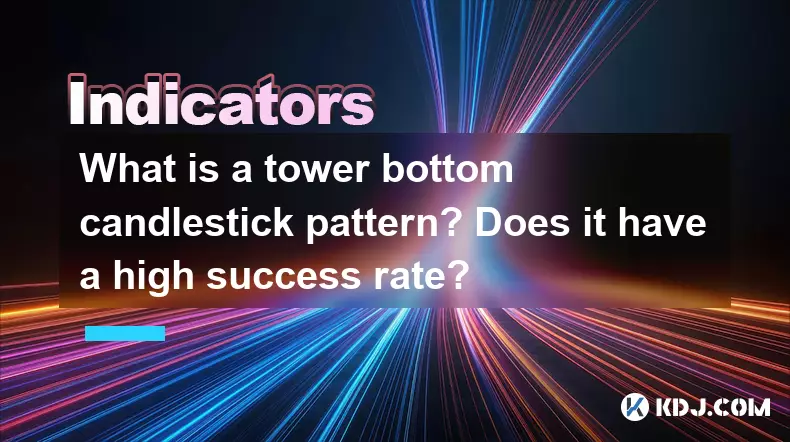
What is a tower bottom candlestick pattern? Does it have a high success rate?
Sep 22,2025 at 07:18am
Tower Bottom Candlestick Pattern Explained1. The tower bottom candlestick pattern is a reversal formation that typically appears at the end of a downt...
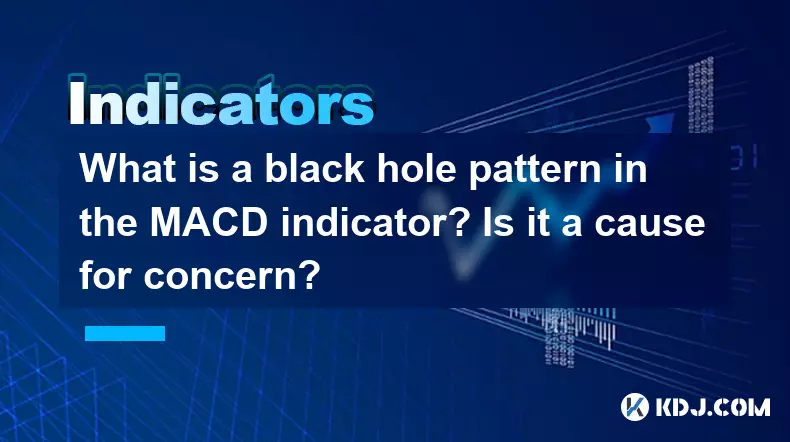
What is a black hole pattern in the MACD indicator? Is it a cause for concern?
Sep 21,2025 at 06:54pm
Bitcoin's Role in Decentralized Finance1. Bitcoin remains the cornerstone of decentralized finance, serving as a benchmark for value and security acro...

How can I use the psychological line (PSY) to determine market sentiment?
Sep 17,2025 at 02:19pm
Understanding the Psychological Line (PSY) in Cryptocurrency TradingThe Psychological Line, commonly referred to as PSY, is a momentum oscillator used...
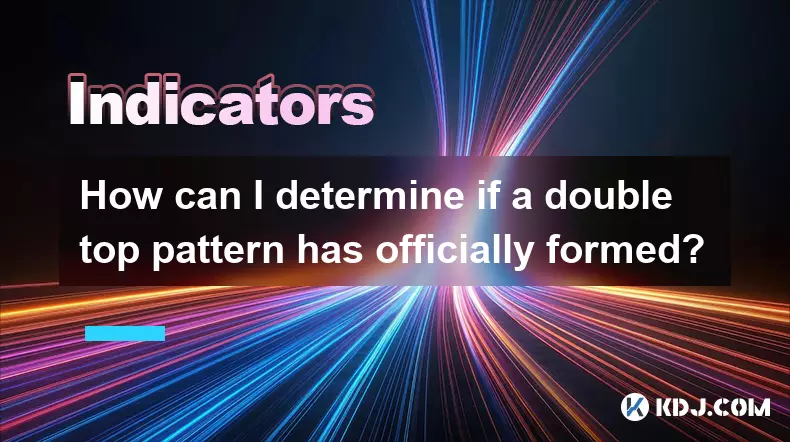
How can I determine if a double top pattern has officially formed?
Sep 21,2025 at 03:18am
Understanding the Structure of a Double Top Pattern1. A double top pattern consists of two distinct peaks that reach approximately the same price leve...
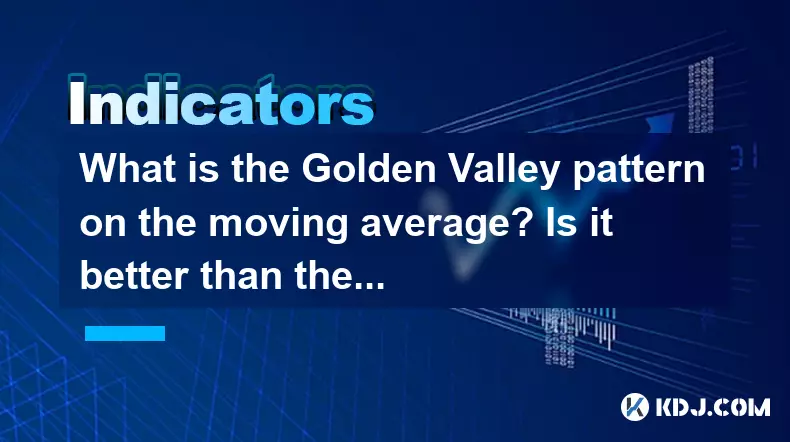
What is the Golden Valley pattern on the moving average? Is it better than the Silver Valley pattern?
Sep 21,2025 at 02:54pm
Understanding the Golden Valley Pattern in Moving Averages1. The Golden Valley pattern is a technical formation observed in cryptocurrency price chart...

What does a death cross of the RSI in the strong zone (above 50) mean?
Sep 17,2025 at 10:54pm
Understanding the Death Cross in RSI Context1. The term 'death cross' is traditionally associated with moving averages, where a short-term average cro...

What is a tower bottom candlestick pattern? Does it have a high success rate?
Sep 22,2025 at 07:18am
Tower Bottom Candlestick Pattern Explained1. The tower bottom candlestick pattern is a reversal formation that typically appears at the end of a downt...

What is a black hole pattern in the MACD indicator? Is it a cause for concern?
Sep 21,2025 at 06:54pm
Bitcoin's Role in Decentralized Finance1. Bitcoin remains the cornerstone of decentralized finance, serving as a benchmark for value and security acro...

How can I use the psychological line (PSY) to determine market sentiment?
Sep 17,2025 at 02:19pm
Understanding the Psychological Line (PSY) in Cryptocurrency TradingThe Psychological Line, commonly referred to as PSY, is a momentum oscillator used...

How can I determine if a double top pattern has officially formed?
Sep 21,2025 at 03:18am
Understanding the Structure of a Double Top Pattern1. A double top pattern consists of two distinct peaks that reach approximately the same price leve...

What is the Golden Valley pattern on the moving average? Is it better than the Silver Valley pattern?
Sep 21,2025 at 02:54pm
Understanding the Golden Valley Pattern in Moving Averages1. The Golden Valley pattern is a technical formation observed in cryptocurrency price chart...

What does a death cross of the RSI in the strong zone (above 50) mean?
Sep 17,2025 at 10:54pm
Understanding the Death Cross in RSI Context1. The term 'death cross' is traditionally associated with moving averages, where a short-term average cro...
See all articles










































































